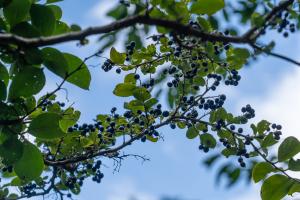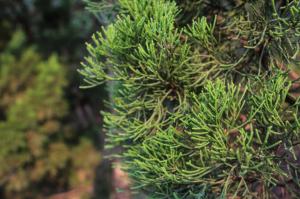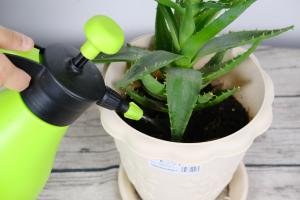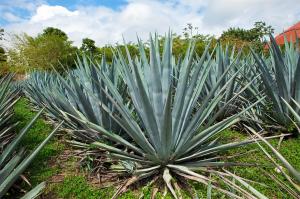Introduction
Tomatoes are one of the most popular vegetables worldwide, grown by millions of farmers and gardeners every year. However, they are not immune from certain diseases and conditions that can affect their growth and yield. One of the most common signs of distress in tomato plant leaves is when they turn yellow. In this article, we will explore the causes of yellowing tomato plant leaves and some tips on how to prevent or treat them.
Nutrient Deficiencies
One of the main reasons why tomato plant leaves turn yellow is due to nutrient deficiencies in the soil. Tomatoes require a balanced supply of nutrients to grow healthy and produce fruits. If they lack certain essential nutrients, such as nitrogen, magnesium, or iron, their leaves will start to yellow from the bottom up. Nitrogen deficiency, for instance, can cause the older leaves to turn yellow first, while the younger ones remain green. Similarly, magnesium and iron deficiencies can cause interveinal yellowing, which means the veins of the leaves remain green, while the areas in between start to yellow.
Watering Issues
Another factor that can lead to yellowing tomato plant leaves is too much or too little watering. Tomatoes require consistent moisture to grow and produce fruits, but they can also suffer from root rot if the soil is too wet. Overwatering can cause the roots to suffocate and die, leading to yellowing leaves, wilting, and stunted growth. On the other hand, underwatering can cause the plants to become dehydrated, resulting in yellow and dry leaves. It's important to water tomatoes regularly and avoid letting the soil become too wet or dry.
Diseases and Pests
Yellowing tomato plant leaves can also be a sign of diseases and pests infestations. Some common diseases that affect tomatoes include bacterial spot, early blight, and septoria leaf spot, which can cause yellowing, curling, and wilting of the leaves. Pests such as aphids, spider mites, and whiteflies can also suck the sap out of the leaves, causing them to turn yellow and dry. To prevent and treat diseases and pests, use disease-resistant varieties, practice good sanitation, and regularly inspect and remove any damaged leaves or insects.
Environmental Factors
Lastly, environmental factors such as temperature, humidity, and light can also affect the health of tomato plants and their leaves. High temperatures, for example, can cause the leaves to wilt and turn yellow due to heat stress. Low temperatures and frost can also damage the leaves and cause yellowing. Similarly, high humidity can promote the growth of fungal diseases, while low humidity can cause the leaves to dry out and yellow. Insufficient or excessive light can also affect the growth and color of the leaves, making them turn yellow or pale green.
Conclusion
In summary, there are several reasons why tomato plant leaves turn yellow, ranging from nutrient deficiencies to watering issues, diseases, pests, and environmental factors. To prevent or treat yellowing leaves, it's important to maintain a balanced supply of nutrients, water the plants correctly, inspect and remove any diseased or infested parts, and provide adequate environmental conditions. With proper care, tomatoes can thrive and produce delicious fruits.

 how many times do yo...
how many times do yo... how many planted tre...
how many planted tre... how many pine trees ...
how many pine trees ... how many pecan trees...
how many pecan trees... how many plants comp...
how many plants comp... how many plants can ...
how many plants can ... how many plants and ...
how many plants and ... how many pepper plan...
how many pepper plan...































